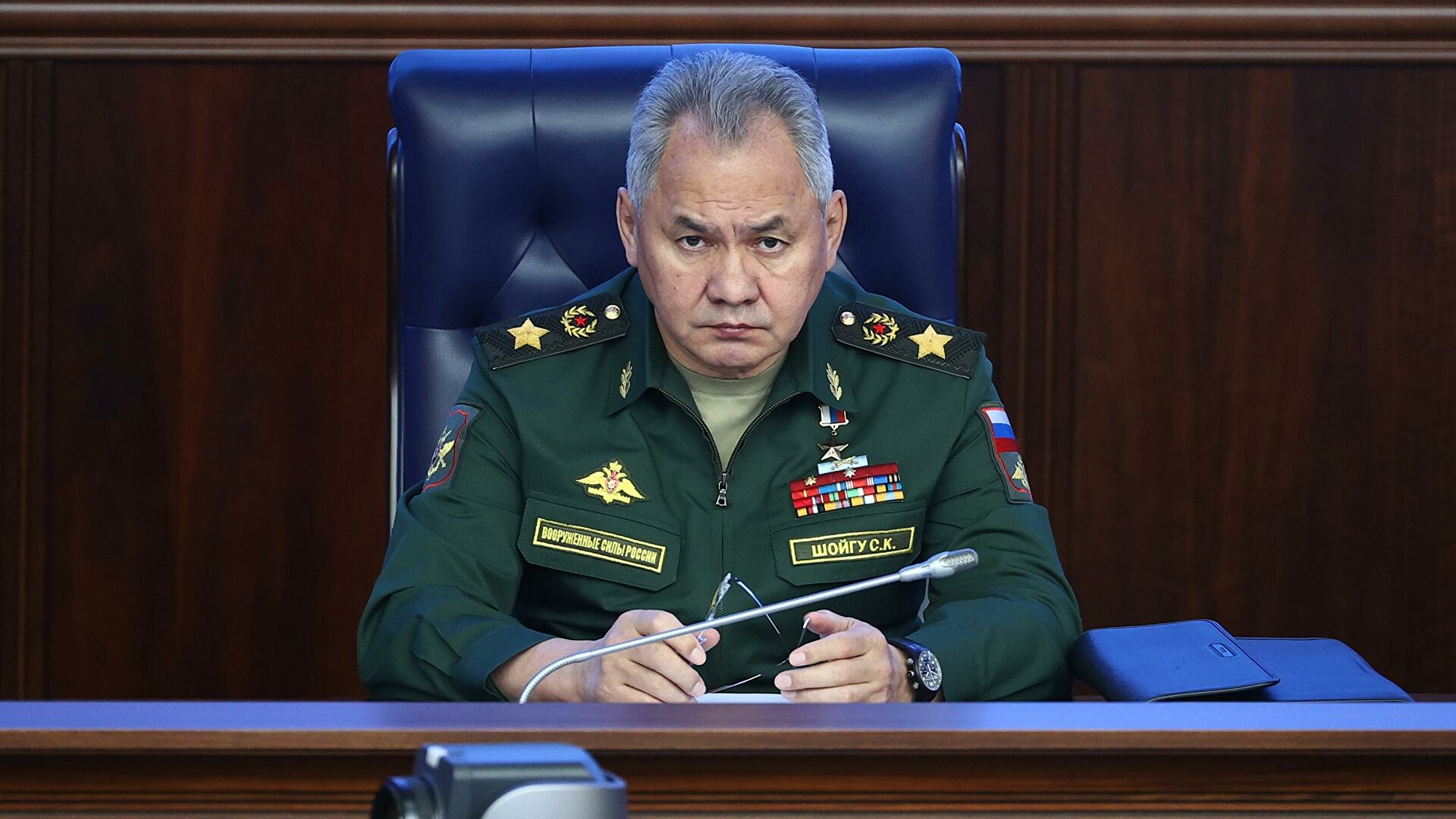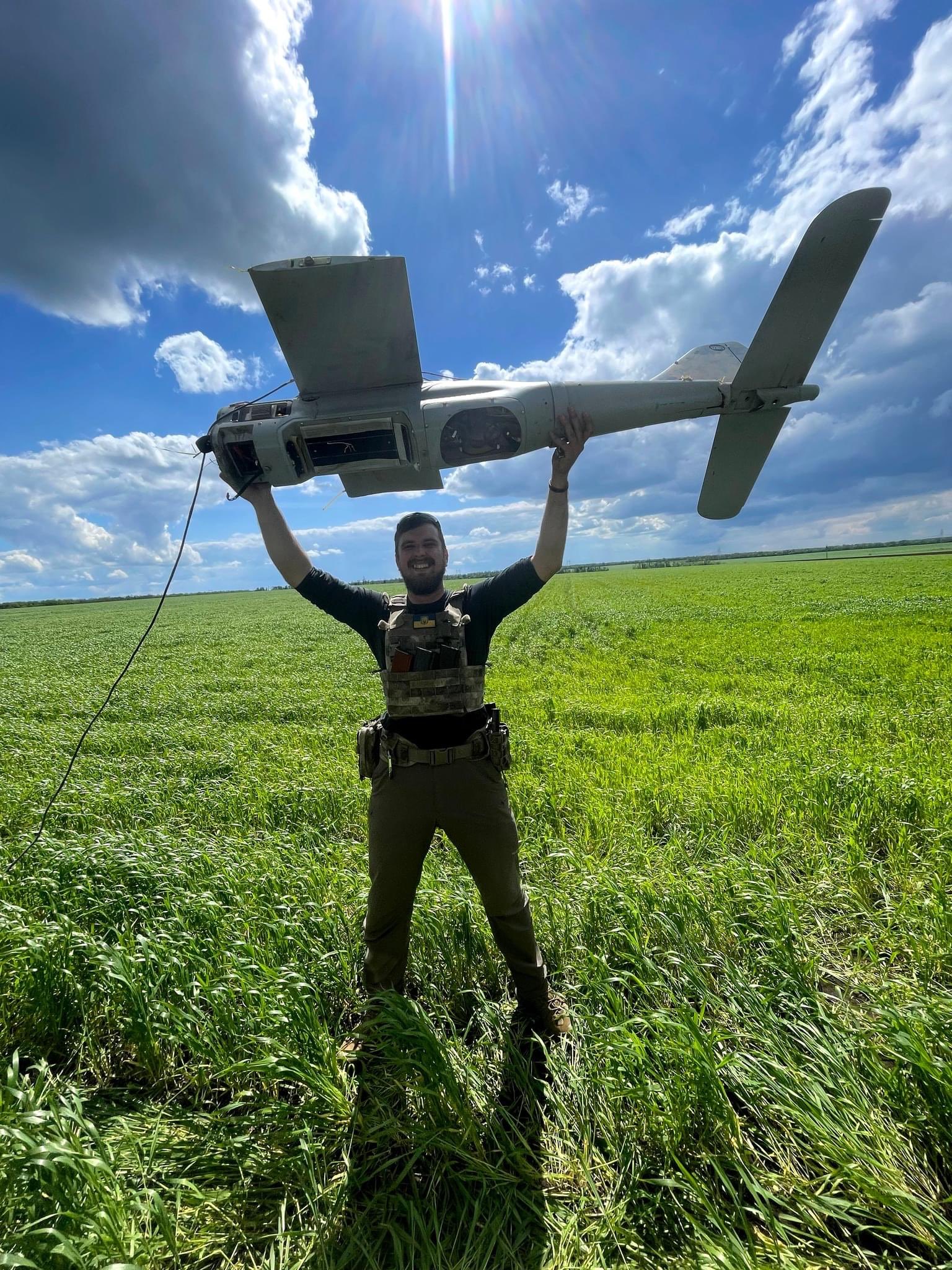Russian Defense Minister Sergei Shoigu told reporters on July 11 that the delivery of Orlan reconnaissance drones had increased by over 53 times since the Russian ‘special military operation’ started.
“Deliveries of Orlan-10 and Orlan-30 UAVs have increased by 53 times. They work 24/7 and work very efficiently,” he was quoted by Russian news agency RIA Novosti as saying.
Further, the defense minister noted that the number of upgraded weapons delivered under the government defense order increased by more than a factor of five in 2023 compared to the beginning of 2022 and by 1.8 times since March 2022. Russia launched the invasion on February 24, 2022.
“Supplies of the Orlan-10 and Orlan-30 UAVs surged by 53 times. Operations are underway 24/7, and they are very efficient. Kamaz boosted deliveries of multirole vehicles by 17.6 times. Uralvagonzavod ramped up supplies and overhaul of T-72 and T-90 tanks by 3.6 times. The Kurgan machine-building plant scaled up BMP-3 deliveries and overhaul by 2.1 times,” Shoigu said.
The comments come when Ukraine is on its counteroffensive against Russian forces and has been securing sophisticated military assistance from its NATO partners to aid its operations. For instance, on July 11, France announced it was sending several long-range SCALP-EG missiles to bolster Kyiv’s attack capability and counteroffensive effort.

Earlier that day, Shoigu checked the state defense order implementation at enterprises in the Republic of Tatarstan. He emphasized that Russia’s domestic arms production and delivery were on track as opposed to claims made in the Ukrainian and Western media over the months.
“A lot is being done. All this effort began in 2022. Within the shortest timeframe, defense industry enterprises have managed to boost the production of weapons, military and special equipment in particularly high demand for fulfilling combat tasks, and, most importantly, to ensure their prompt delivery to the troops,” Shoigu said on July 11.
The head of the Defense Ministry also noted that in 2023 Russia increased the amount of ammunition produced by the domestic industry by more than ten times compared to the beginning of last year.
With the ongoing warfare exposing the indispensability of drone warfare and the utility of reconnaissance and combat drones, the increase in the production of Orlan-class drones is telling. Russian officials have asserted on previous occasions that they are using spy drones for coordinates of Ukrainian equipment.
Orlan Drones In Ukraine
Unmanned aerial vehicles (UAVs) from the Orlan series have proven to be a crucial part of Russian military operations in Ukraine. These drones locate Ukrainian troops and vehicles from medium altitudes for quick artillery, missile, and loitering munition attacks.
In addition to spotting hostile equipment, the Russian troops also purportedly use the Orlan series of drones in Ukraine to efficiently suppress and destroy opposing air defense (SEAD/DEAD) activities and artillery spotting. Russian artillery can respond in as little as three minutes after identifying a target when a drone hovers over an enemy position, giving them little time to flee the kill zone.
However, without drones, response times can be as long as 20 minutes, giving Ukrainian soldiers time to escape. Because both sides’ military strategies primarily rely on artillery firepower, the presence or absence of Russian unmanned aerial vehicles (UAVs) in Ukraine plays a critical role in determining Russian lethality.

According to previous reports, the Orlan-10 UAV has been extremely crucial in directing artillery munitions on Ukrainian positions. As of December last year, Russian forces reportedly fired up to 20,000 artillery shells daily.
The Orlan-10 is one of Russia’s most important and possibly deadliest military equipment, and it depends on Western components for many of its key activities. The Russian “Special Technology Center” (STC), which has been under sanctions since 2016, manufactured the drone.
A joint investigation conducted by RUSI, Reuters, and iStories conducted at the end of last year revealed that the Russian manufacturer that produced these drones continued to somehow receive the Western components through intermediary firms in the United States, China, and Russia.
In addition, it was previously noted that the Russian military was urgently working to increase the number of Orlan-10s in Ukraine for artillery spotting, reconnaissance, EW, and SEAD/DEAD tasks, as preparation to deal with the Ukrainian counteroffensive.
The UAV can carry a range of military payloads, enabling it to carry out several duties. It might also be employed in tandem with other systems, such as other UAVs, for more intricate combinations of effects.

The Orlan-30, the successor to the Orlan-10, is also similarly manufactured by the STC. It is designed for airborne surveillance, as well as for locating, spotting, and recognizing objects that are either visible or infrared.
Additionally, it provides target identification for precision-guided weapons to destroy stationary and moving targets during the day or at night when combined with a mission payload. The Orlan-30 drone can fly for five hours straight, reach a maximal speed of 170 kilometers/hour, and soar as high as 5,000 meters.
The drone’s laser target designator-rangefinder is its main difference from the Orlan-10. The drone can precisely locate and strike the target thanks to its ability to illuminate it with a laser beam.
- Contact the author at sakshi.tiwari9555 (at) gmail.com
- Follow EurAsian Times on Google News




